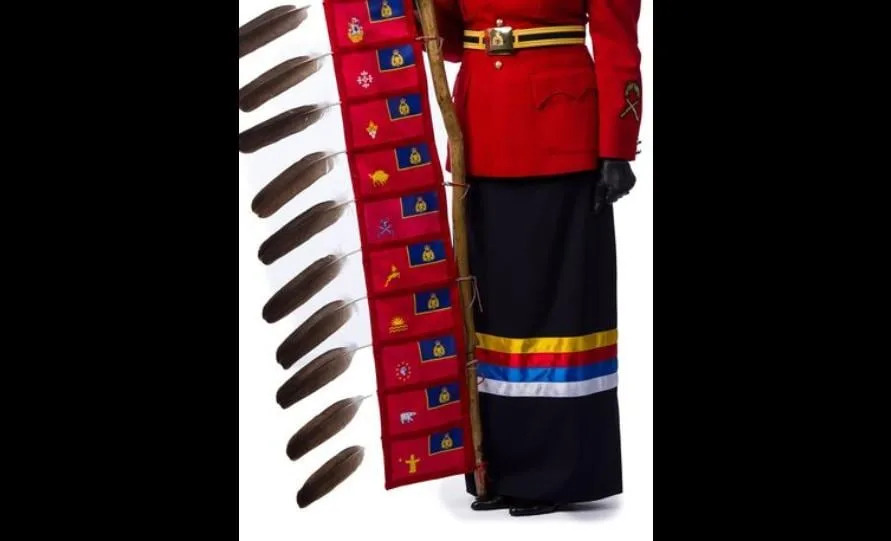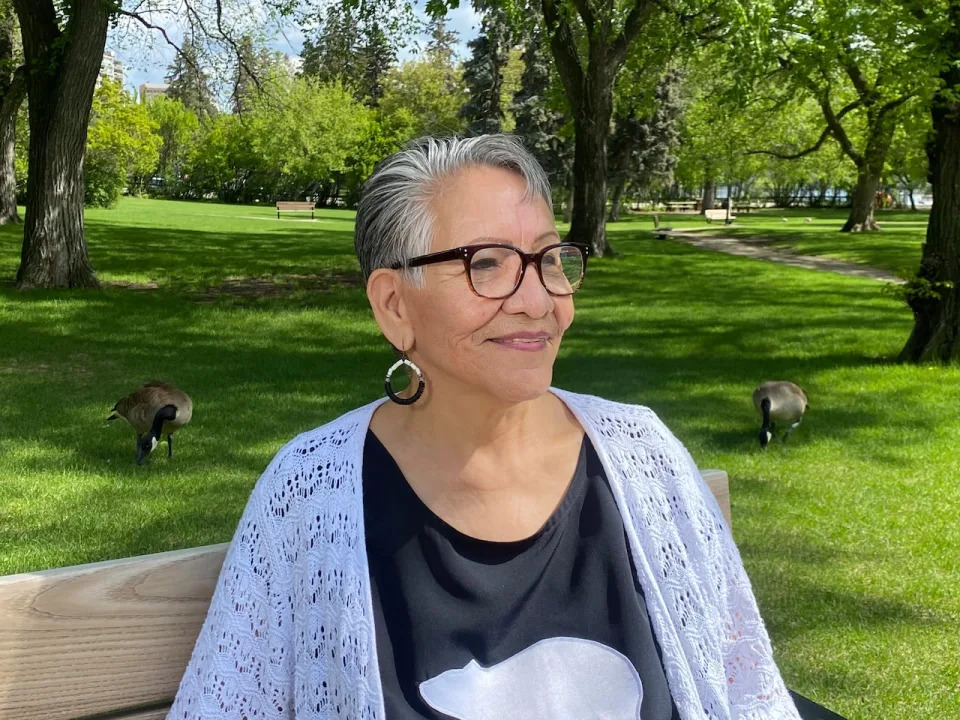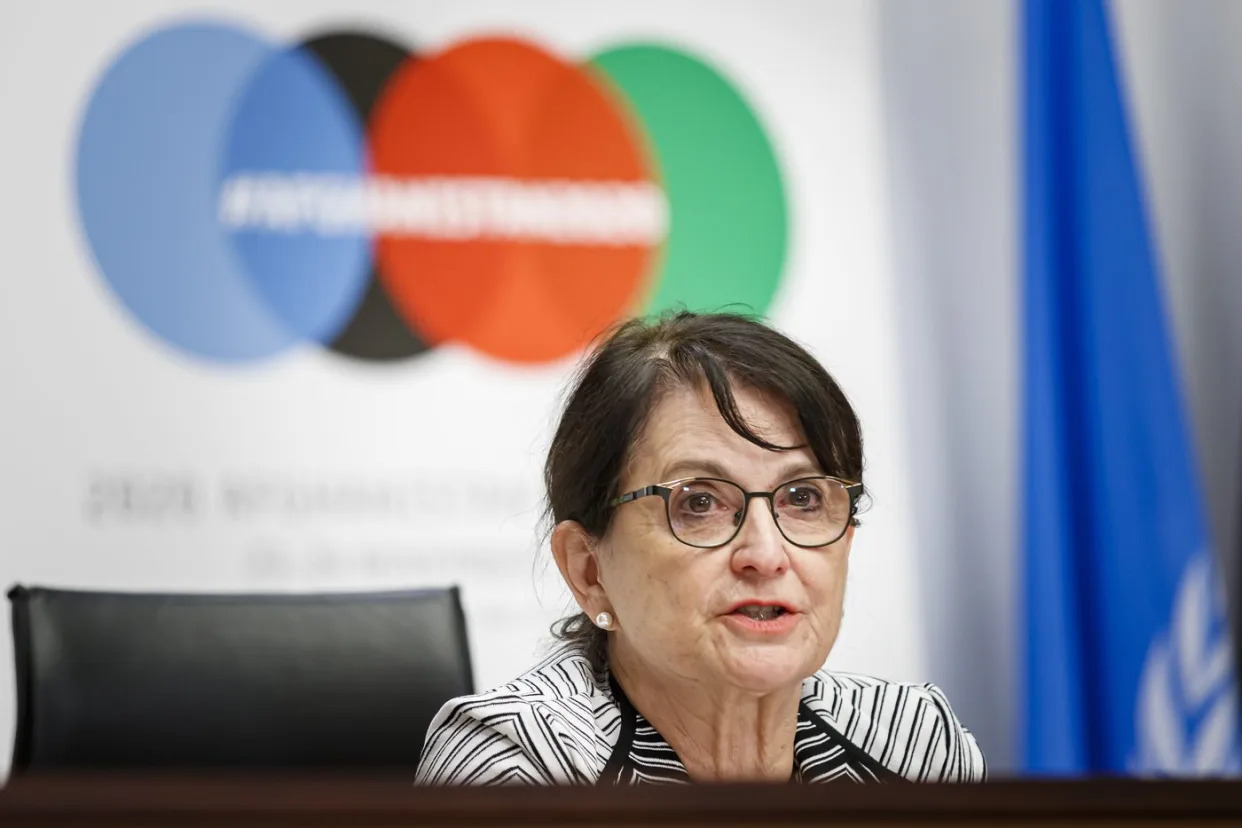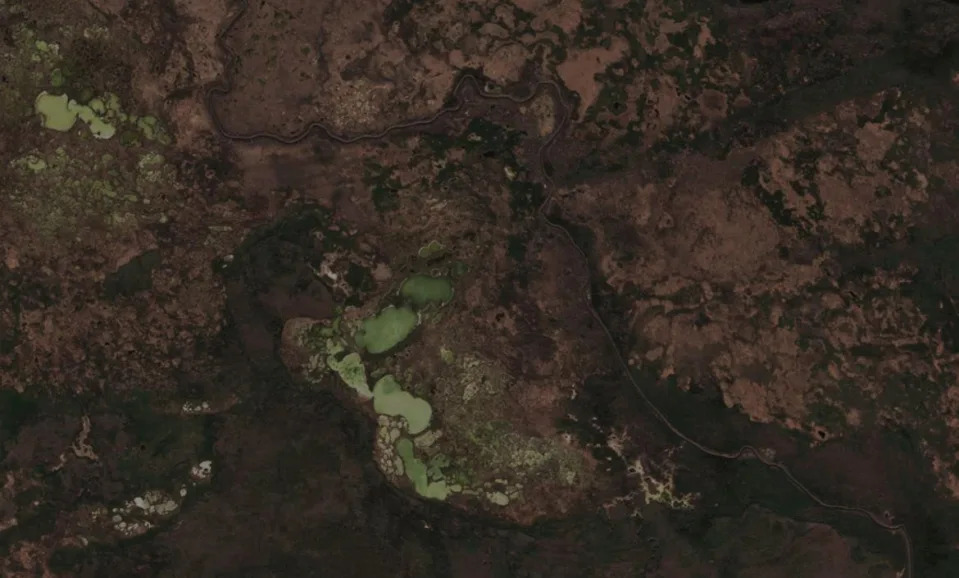Morgan Lowrie
Thu, May 23, 2024
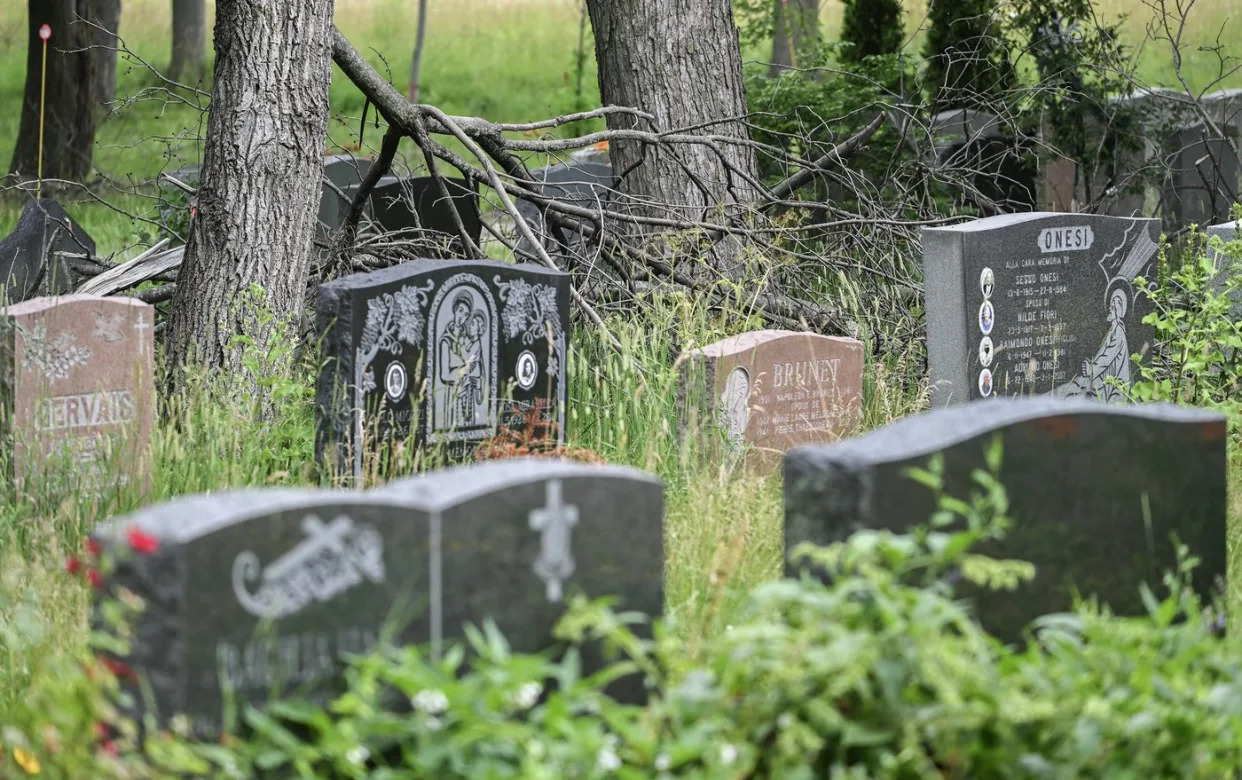
MONTREAL — For more than a year, an urn holding the ashes of Bridget Heffernan's brother has remained in her Montreal-area home instead of being buried in the plot at Notre-Dame-des-Neiges cemetery where her family members have been laid to rest for nearly a century.
With her mother's death last September, Heffernan now has two sets of remains to bury instead of one.
But months after the end of a lengthy strike that brought operations at one of Canada's largest cemeteries to a halt, Heffernan says she still can't get an answer on when the burials can take place, despite repeated efforts to reach management.
While she doesn't mind having the urns at her home, she's looking forward to the moment when her mother and brother can be buried in the family plot, with a few family members present and a priest on hand to say a prayer.
"Technically, they're supposed to be in the ground, back to the earth," she said.
The cemetery was largely closed to the public from mid-January to mid-September last year due to a strike by some of its workers that, at one point, resulted in more than 300 bodies being kept in storage awaiting burial. The cemetery reached a deal with maintenance workers in July and with office workers in December.
Éric Choinière, director of sales and customer service for the cemetery, said he understands the wait is difficult for families. “Our hearts go out to the families, and we understand the situation very well,” he said in a phone interview Thursday.
He said a rainy spring and the need for additional IT training for the office workers — who only returned to the job in January — has slowed down the cemetery’s efforts to catch up after the strike. He said appointments are being made “every day,” and the cemetery hopes to clear the backlog by the end of the year.
Denis Martin, a resident of Oka, west of Montreal, said his mother, Eileen Ashford, died last April in Vancouver just shy of her 100th birthday. For months, he has been trying to arrange to have her ashes buried in the family plot at Notre-Dame-des-Neiges in the presence of her large family, which included seven children.
They’d originally hoped to hold the ceremony in April, on the one-year anniversary of her death, but Martin was told the backlog at the cemetery was too long to secure the date. He said the process has been emotionally difficult for the family, and especially for those who couldn't attend last year's funeral.
“My mom was around a long, long time,” said Martin, who is now hoping for a date in September. “I'm in my 70s, so it's very rare that you lose your mother in your 70s, so she was a big part of our lives and trying to obtain closure on this has been very difficult.”
Heffernan, who first reached out to the cemetery soon after her brother's death in March 2023, said she's most frustrated by the lack of answers and guidance. While she's received responses to some of her emails, she said it's not clear what she needs to do in order to get a burial date, or where she is on the waiting list.
In frustration, she posted to a local Facebook page, asking if other people have had similar experiences. Several people responded with their own stories of trying to get a burial date, including some who have been waiting as long or longer than she has.
Andy Masterson, whose mother died in August, was among those who shared frustrations. In a phone interview, he said he and his sister have tried reaching out to the cemetery around 10 times, often waiting on hold for over an hour. While the people he manages to speak with are kind, he said he's found the entire process frustrating.
Masterson understands there was a strike, and that burials can't take place in winter, but he feels the way families are being treated is unacceptable. "It just seems to me that somebody would take some sort of initiative to bring on some extra staff, approve some overtime, try to find some way to get caught up, given the very, very sensitive nature of what they do," he said.
He said his mother's remains are being stored at a funeral home until they can be buried in the plot his family has owned since the 1930s. He said he wants a burial date — even if it's not until next year — and for someone to take responsibility for communicating properly with families.
"People need that closure and we just all need to get this done," he said.
Martin, on the other hand, got some good news. Less than an hour after speaking with The Canadian Press Wednesday, he received notice from the cemetery that his mother's burial can take place on Sept. 6 — one of the dates he had requested.
This report by The Canadian Press was first published May 23, 2024.
Morgan Lowrie, The Canadian Press


